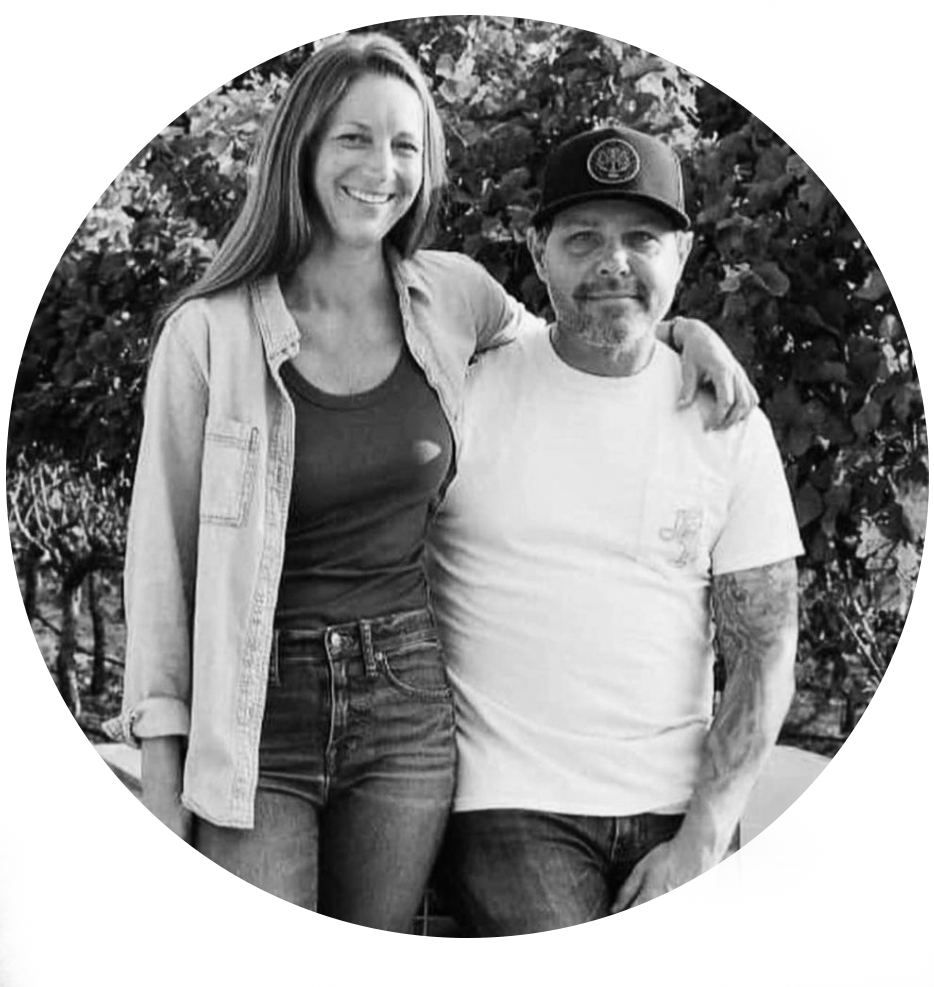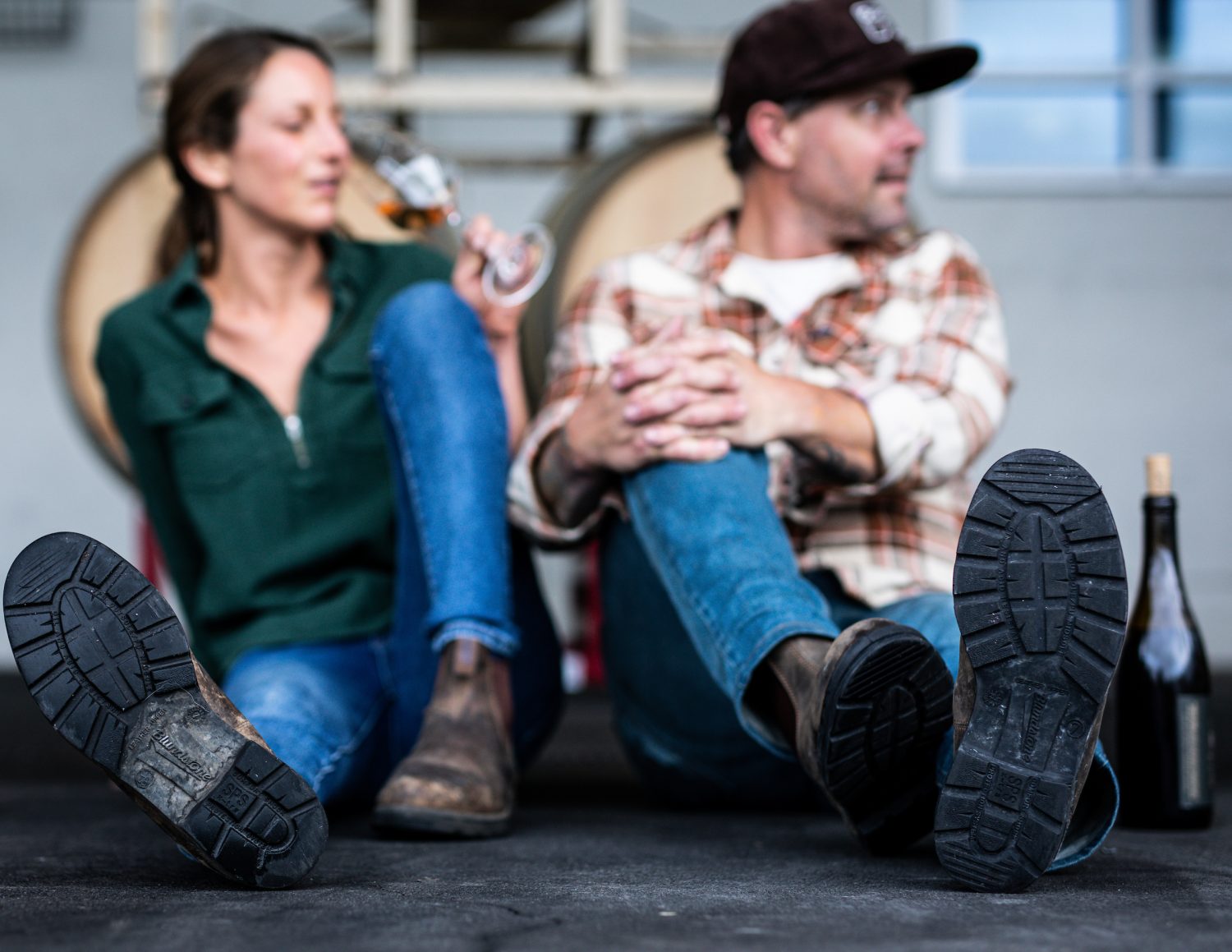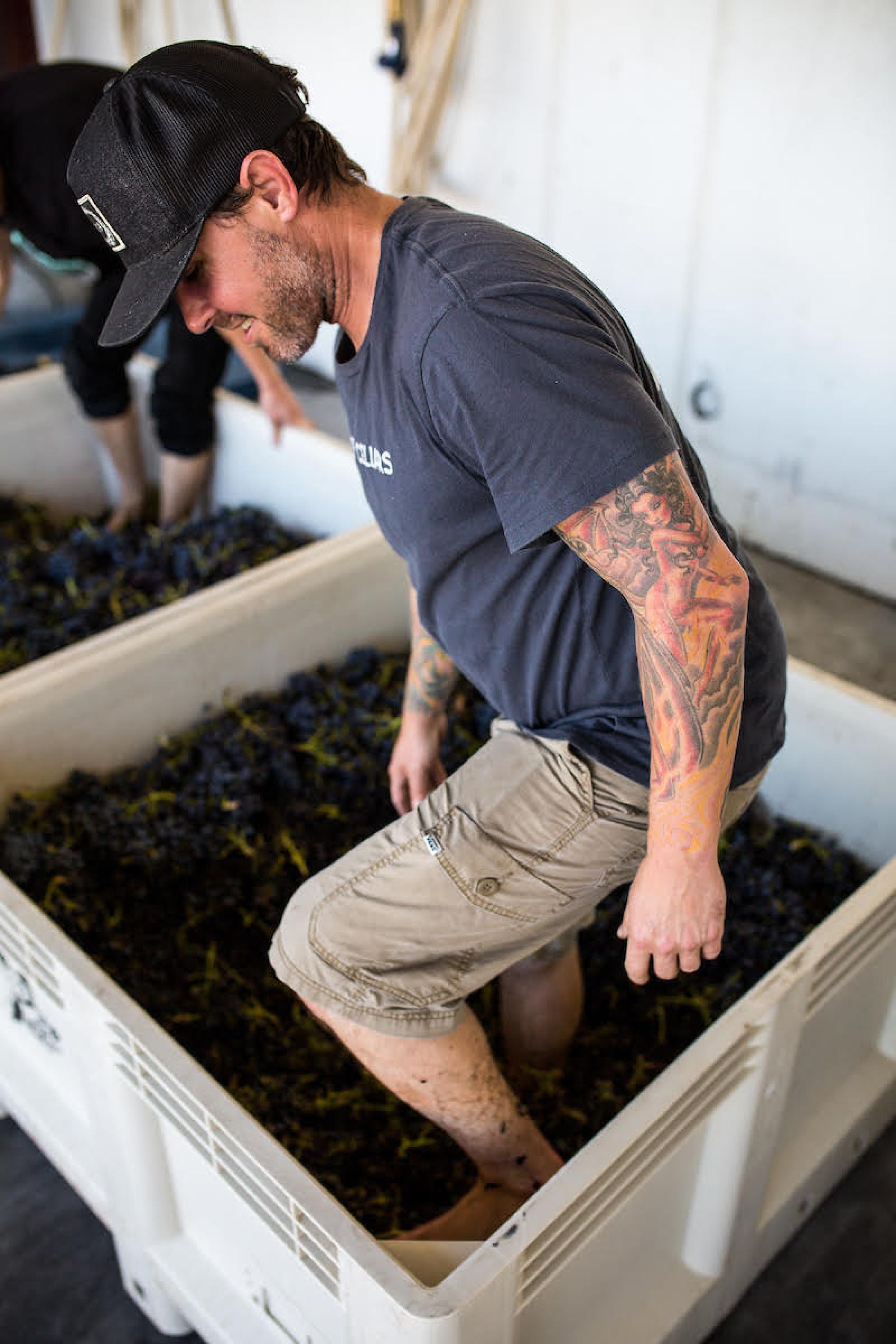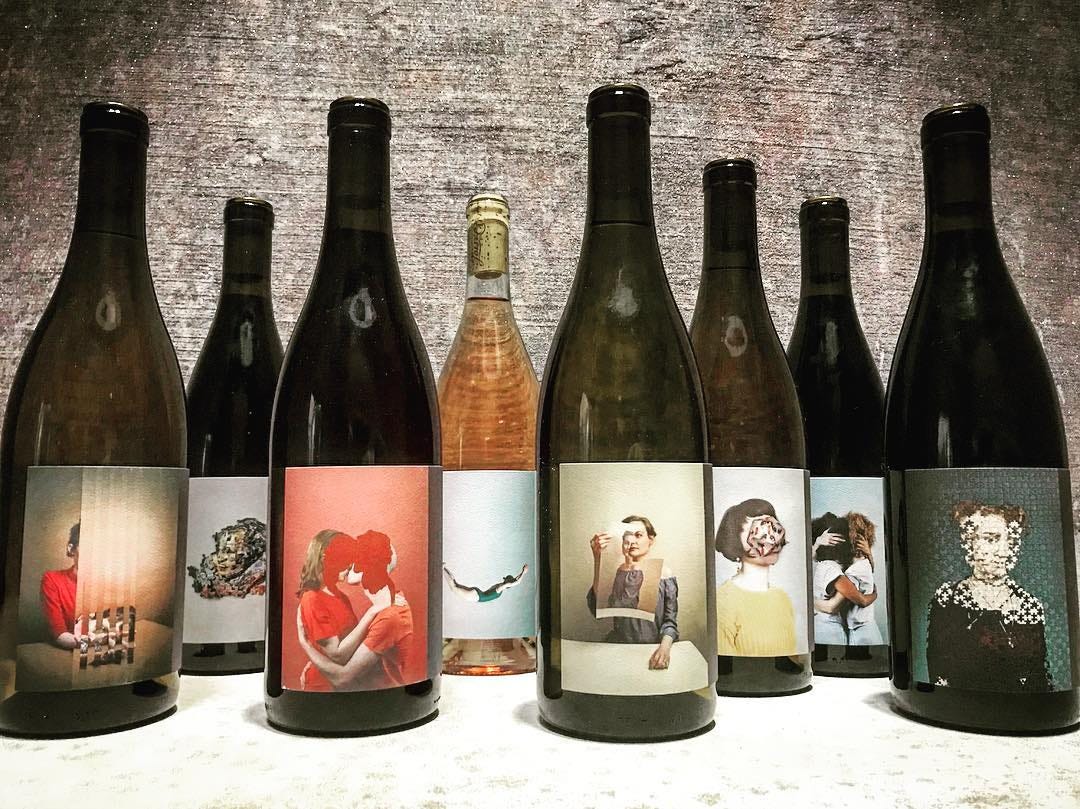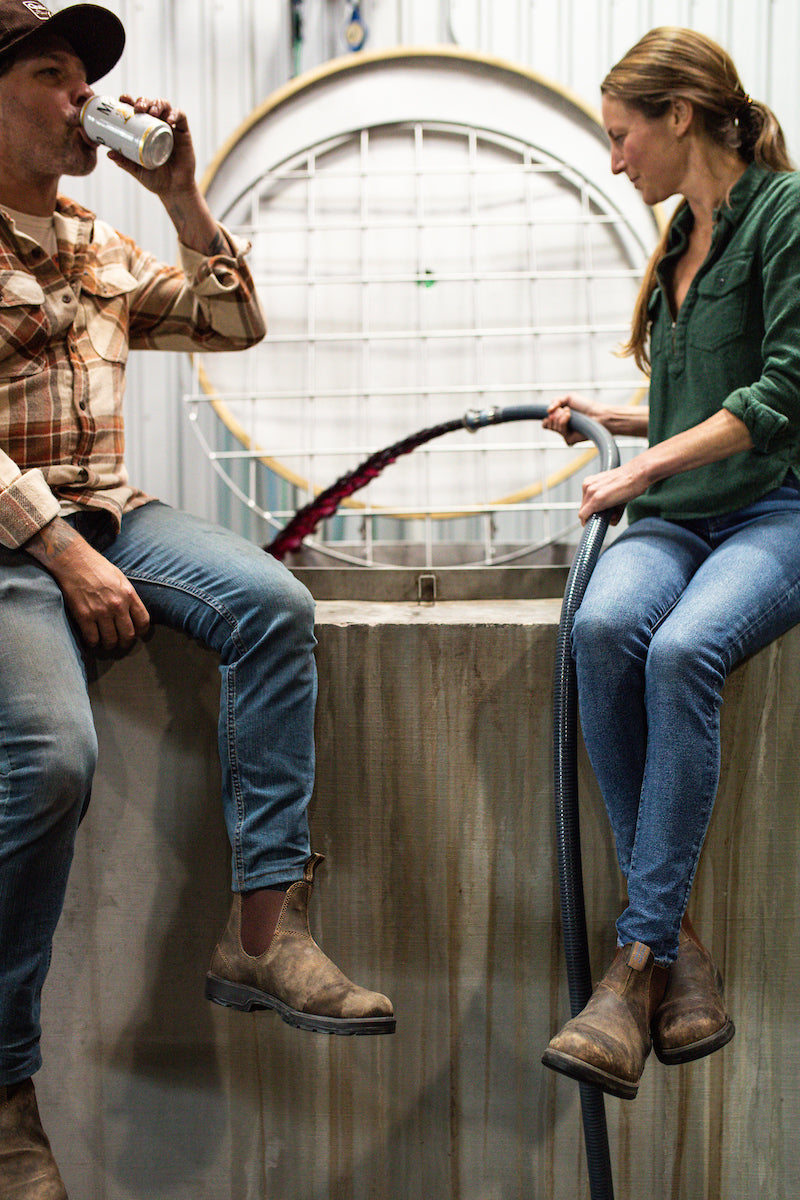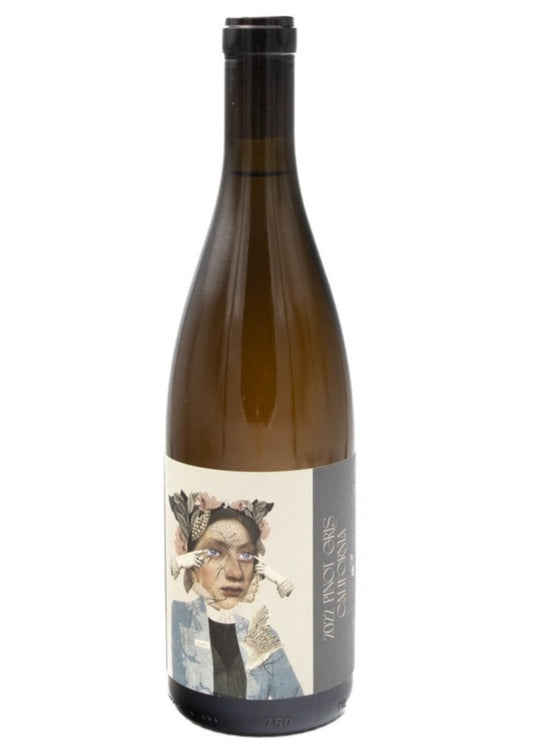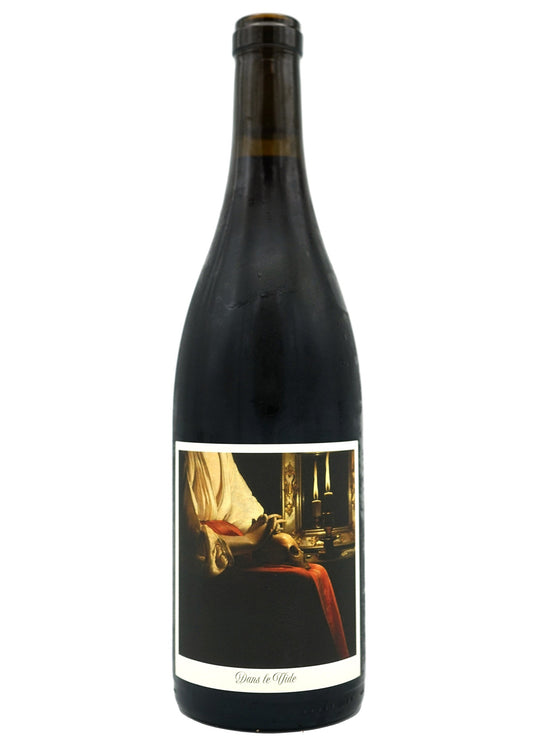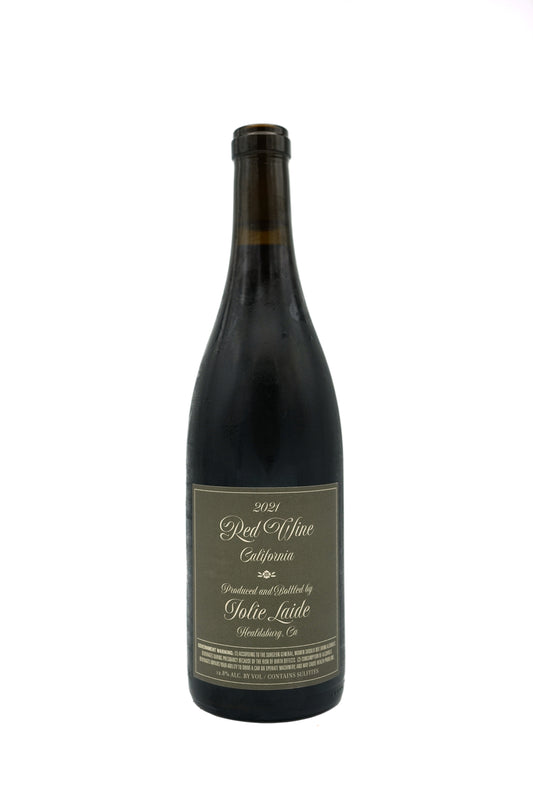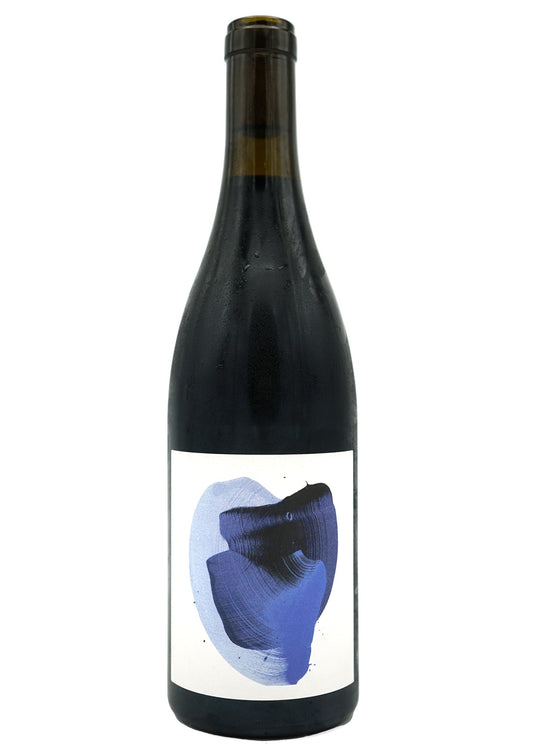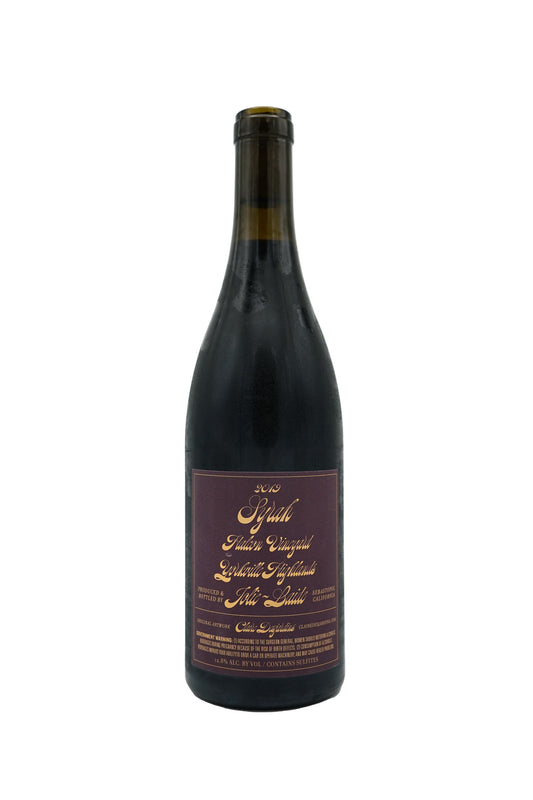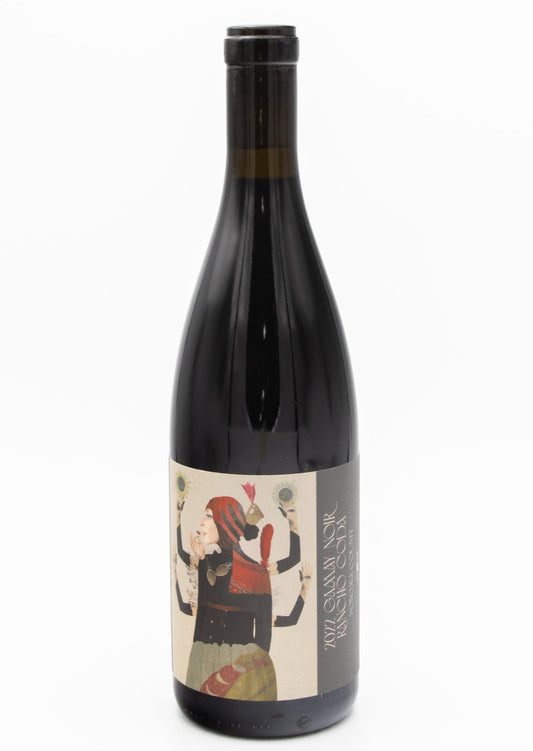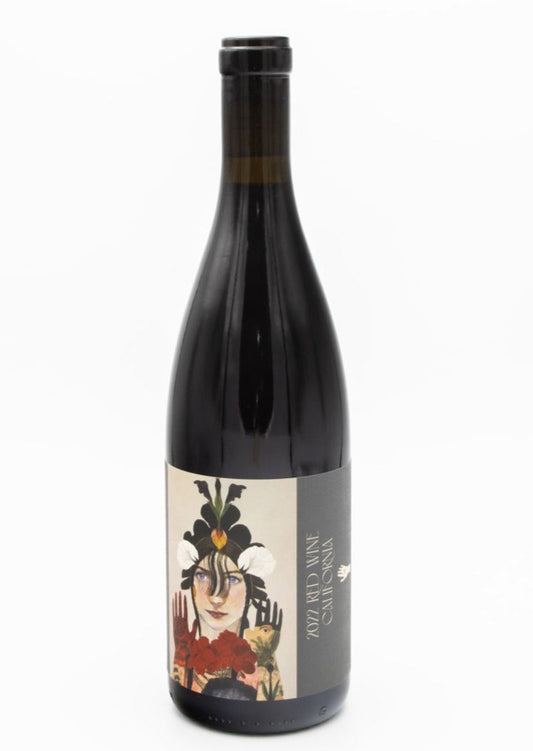JOLIE-LAIDE WINES
SCOTT SCHULTZ
Sebastopol, California
Jolie-Laide is a two-person operation based in a Sebastopol winery in California. Here, winemaker couple Scott and Jenny make unique and highly sought-after wines under their own label. They work with a handful of growers who farm organically on unique vineyard sites, with different soils and elevations. This allows Scott and Jenny to be pretty hands off in the winemaking process. With a microscopic production, their winemaking method is simple: whole cluster fermentation, foot crushed, ageing in neutral oak.
-
Jolie-Laide Pinot Gris 2022
Regular price HK$290.00Regular priceUnit price / perHK$340.00Sale price HK$290.00Sale -
Jolie-Laide Red California Dans le Vide 2021
Regular price HK$360.00Regular priceUnit price / per -
Jolie-Laide Syrah Halcon Vineyard 2019
Regular price HK$430.00Regular priceUnit price / per -
Jolie-Laide Gamay Noir 2022
Regular price HK$400.00Regular priceUnit price / per -
Jolie-Laide Red California 2022
Regular price HK$400.00Regular priceUnit price / per
BACKGROUND OF NATURAL WINE IN THE UNITED STATES
The United States' natural wine scene is a mix of historical winemaking roots and a contemporary embrace of sustainable, minimal-intervention practices. While American winemaking may lack the centuries-old traditions found in European regions, the past few decades have witnessed a surge in interest and experimentation within the natural wine movement. California, particularly in regions like the Sonoma Coast and Mendocino County, stands as a major hub for natural wine production, with winemakers exploring the expressive potential of grape varieties such as Chardonnay, Pinot Noir, and Zinfandel. The movement extends beyond California, with emerging natural wine scenes in Oregon's Willamette Valley and New York's Finger Lakes, fostering a diverse and innovative landscape that embodies the spirit of American winemaking
Organic, Biodynamic and Natural wine. What’s the difference?
To understand this concept and its various ramifications, it is necessary to keep something clear in mind: before the 20th century and the spreading of affordable synthetic fertilisers, all farming was organic. When the shift to the use of synthetics and pesticides happened, it became necessary to diversify traditional organic farming from the new modern farming.
ORGANIC WINE
Simply put, organic farming forbids the use of synthetic fertilisers, synthetic pesticides, herbicides, or genetically modified organisms. The basic requirements are generally specific and engage the farmers not to use any chemical fertilisers and other synthetic products in the vineyard. It does not prevent the vintner from using the conventional winemaking process after harvesting.
BIODYNAMIC WINE
Let’s take organic farming one step further: Biodynamic. The creator of this agricultural system is the Austrian philosopher Rudolf Steiner, who developed the principles of biodynamics in a series of lectures given in 1924 in Germany. Here lies the foundation of true organic wines, with a strict limit in the use of additives, stringent requirements and at the end obtaining a biodynamic certification.
NATURAL WINE
The previous definitions are usually, and rightfully, associated with it, because most natural wine is also organic and/or biodynamic. But not vice versa!
Natural wine is wine in its purest form, simply described as nothing added, nothing taken away, just grapes fermented. No manipulation whatsoever, minimal intervention both in the vineyards and in the winery. Healthy grapes, natural yeast and natural fermentation, with no filtration nor fining. Sounds easy, right? However, making natural wine is unforgiving and it requires a bigger amount of work than conventional wine. To this day, natural wine has no certification yet.

